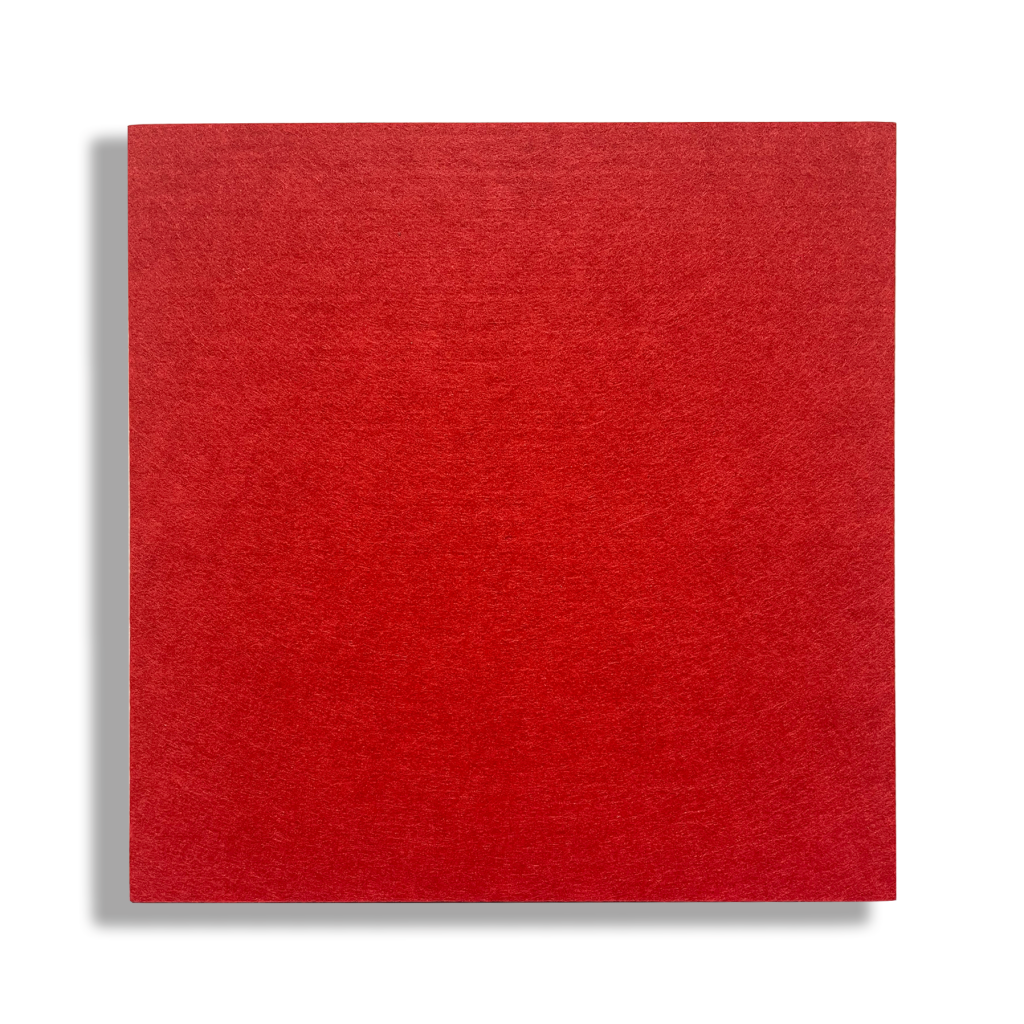
Are you looking to improve the soundproofing in your home or office? If so, deciding on the right soundproofing material for your particular space is essential. Soundproofing materials can help reduce noise from nearby sources like road traffic and people talking, as well as providing a more comfortable living environment by reducing echoes and reverberations from inside a room.
With so many different types of materials for soundproofing available on the market today, it’s easy to feel overwhelmed at first – but don’t worry! In this blog post we’ll provide you with tips on how to narrow down your options and decide which potentially suitable material might be best suited for your particular needs.
-
Foam
Foam is one of the most popular types of materials for soundproofing due to its affordability and effectiveness. Foam panels are typically made from polyurethane or other similar materials and can be used to soundproof walls, ceilings, and floors. Foam is effective at absorbing low-frequency sounds, but it does not block out high-frequency sounds as well as some other materials.
-
Mass Loaded Vinyl
Mass loaded vinyl (MLV) is a heavy, dense material that is often used in construction projects. MLV is effective at absorbing a wide range of frequencies, making it an ideal choice for soundproofing. MLV is also relatively easy to install and is not as susceptible to mould and mildew as some other materials.
-
Soundboard
Soundboard is a material that is often used in recording studios and other professional applications. Soundboard is effective at blocking out high-frequency sounds and can also help to absorb low-frequency sounds. Soundboard is typically made from fiberglass or other similar materials and can be quite expensive.
-
Green Glue
Green glue is a type of adhesive that is specifically designed for soundproofing applications. Green glue is applied between two layers of drywall or other material and helps to absorb sound vibrations. Green glue is effective at absorbing low-frequency sounds and can be used in conjunction with other materials for added soundproofing.
-
Rigid Fibreglass
Rigid fiberglass is a material that consists of small glass fibres that are bonded together with resin. Rigid fibreglass panels are typically used in construction projects and are effective at absorbing a wide range of frequencies. Rigid fiberglass panels can be quite expensive, but they are also very durable and long-lasting.
-
Acoustic Sealant
Acoustic sealant is a type of caulk that is specifically designed for sealing gaps and cracks in walls, ceilings, and floors. Acoustic sealant helps to prevent sound from leaking through these small openings and can be an effective way to improve the soundproofing of a room.
In Conclusion
In order to make an informed decision about the best material for your soundproofing needs, it is important to weigh all of your options and consider what will work best for you. By taking the time to do your research and understand which materials are available to you, you can choose the option that will work best for your specific needs.
